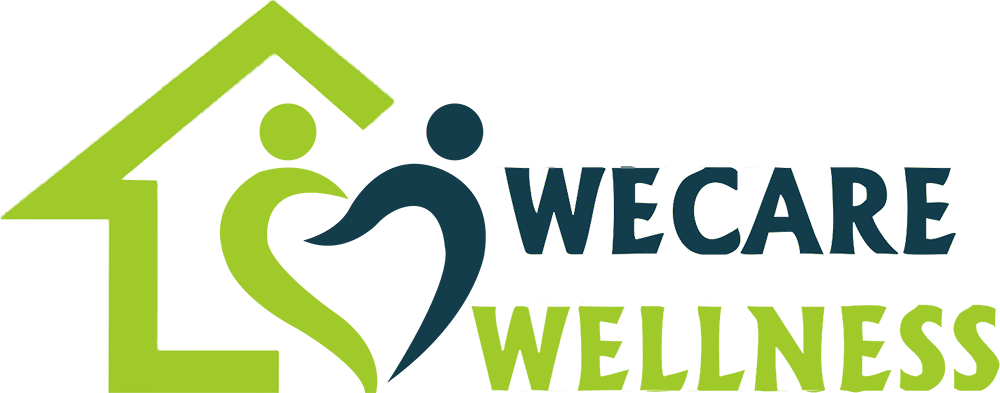
Support at Home — In-Home Care Services
Contents
What is Support at Home?
From 1 November 2025, the Australian Government introduced the Support at Home program, replacing the existing Home Care Packages (HCP) and Short-Term Restorative Care (STRC) programs.
Support at Home aims to simplify and unify in-home aged care, making it easier for older Australians to get support to live independently and safely in their own homes.
The Commonwealth Home Support Program (CHSP) will continue in its current form until it transitions to Support at Home no earlier than 1 July 2027.
Key Features of Support at Home
- Integration of existing in-home aged care supports under one program to reduce complexity.
- New classifications and budgets for ongoing support to better match participants’ care needs.
Short-term pathways
In addition to your ongoing classification, Support at Home includes flexible pathways that respond to changing circumstances:
Assistive Technology and Home Modifications (AT-HM) Scheme
funding for equipment or home modifications, separate from the ongoing care budget.
Restorative Care Pathway
(for up to ~16 weeks) to regain or improve functional capacity.
End-of-Life Pathway
(for people with an estimated life expectancy of 3 months or less) to boost support at home during that time.
Restorative Care Pathway
This pathway replaces the previous Short-Term Restorative Care (STRC) program and provides intensive support for up to 16 weeks to help participants recover or improve their functional capacity.
Goals
- Prevent or delay the need for ongoing in-home or residential care.
- Help participants regain confidence and ability in daily activities.
- Provide education and reablement skills that support independent living.
Budget: Approved participants receive approximately $6,000 to access allied health, nursing, and related reablement services during the program.
Assistive Technology & Home Modifications (AT-HM) Scheme
Under Support at Home, eligible participants can access assistive technology and home modifications outside their regular ongoing care budget through the AT-HM Scheme.
Assistive Technology (AT)
Examples: walking frames, shower chairs, commodes, and other devices that help with mobility and daily activities.
Funding tiers:
- Low: up to $500
- Medium: up to $2,000
- High: up to $15,000
Home Modifications (HM)
Examples: grab rails, ramps, non-slip flooring, bathroom adjustments.
Funding tiers:
- Low: up to $500
- Medium: up to $2,000
- High: up to $15,000
End-of-Life Pathway
For participants with a medically certified life expectancy of three months or less, the End-of-Life Pathway provides additional in-home support to enable them to remain at home in comfort and dignity.
Key features
- Eligibility requires medical certification (life expectancy ≤ 3 months) and assessment of functional decline/frailty.
- Total budget of $25,000 per participant over a 12-week period, with flexibility to use for up to 16 weeks.
- Funding can be used for services in the Support at Home list (e.g., nursing, personal care, domestic assistance, respite).
- Available to both existing Support at Home participants and people not yet enrolled.
- A single provider model: each participant will have one Support at Home provider responsible for care management and arranging services.
- Option for self-management of parts of care (e.g. scheduling services, selecting suppliers) within approved budgets.
For more information, please check here.
Classifications and Budgeting
Classifications and Budgeting
Under Support at Home, participants will be placed into one of 8 classifications for ongoing services. Each classification comes with a quarterly and annual budget that must cover care management plus the services they choose.
- Unspent funds in a quarter may be carried over (capped at $1,000 or 10% of the quarterly budget, whichever is greater).
- For participants transitioning from a Home Care Package (HCP), the new Support at Home budget will align with the existing package level. They will also retain any unspent funds they have.

Home Care Packages and Support at Home classifications
| Home Care Package | Annual budget |
|---|---|
| Level 1 | $10,986 |
| Level 2 | $19,319 |
| Level 3 | $42,055 |
| Level 4 | $63,758 |
| Support at Home | Annual budget |
|---|---|
| Classification 1 | $10,731 |
| Classification 2 | $16,034 |
| Classification 3 | $21,965 |
| Classification 4 | $29,696 |
| Classification 5 | $39,697 |
| Classification 6 | $48,114 |
| Classification 7 | $58,148 |
| Classification 8 | $78,106 |
Care Management & Provider Role
Care management activities under Support at Home will be delivered by staff members known as care partners. They will work with participants to determine how their services will be delivered.
Care management
Care partners work together with participants to establish service agreements, plan and coordinate care and services, assess budgets, and provide ongoing management and follow-up.
Self-management
Participants may choose to self-manage certain aspects of their services, such as selecting and coordinating providers, scheduling, communicating with workers, and managing their own budgets and suppliers.
Care management
Care management activities under Support at Home will be delivered by staff members known as care partners. They will work with participants to determine how their services will be delivered.
Care management involves initial and ongoing:
- understanding of rights and obligations and the establishment and review of service agreements
- care planning
- service planning and management
- development, review and evaluation of a participant’s care plan and quarterly budget
- monitoring of services provided
- provision of information and education about the participant’s care and services
- support to connect to health and other services when needed
- assistance to request a Support Plan Review, if needed
Note: Care management will be different for each participant based on their individualised needs, goals, support network, communication preferences, level of involvement and cultural background.
Funding: Care management funding is allocated from participants’ budgets (about 10% of quarterly budget) and pooled by the provider to allow flexibility. Providers are expected to deliver monthly check-ins and adapt services as required.
Self-management
Support at Home participants may self-manage aspects of their care and services to maximise choice and control.
Self-management activities may include:
- choosing and coordinating services in line with their assessed need and budget
- scheduling when services will be delivered and rostering workers
- managing their budget
- communicating with their workers
- choosing their own suppliers and/or workers
- navigating the aged care system
Service category and Contribution Rate
From 1 November 2025, the Support at Home program introduces new participant contribution rates, differentiated by service category and financial means.
For full government information, visit:
Participant Contributions – Support at Home | Department of Health and Aged Care
Services
Support at Home services fall into three categories
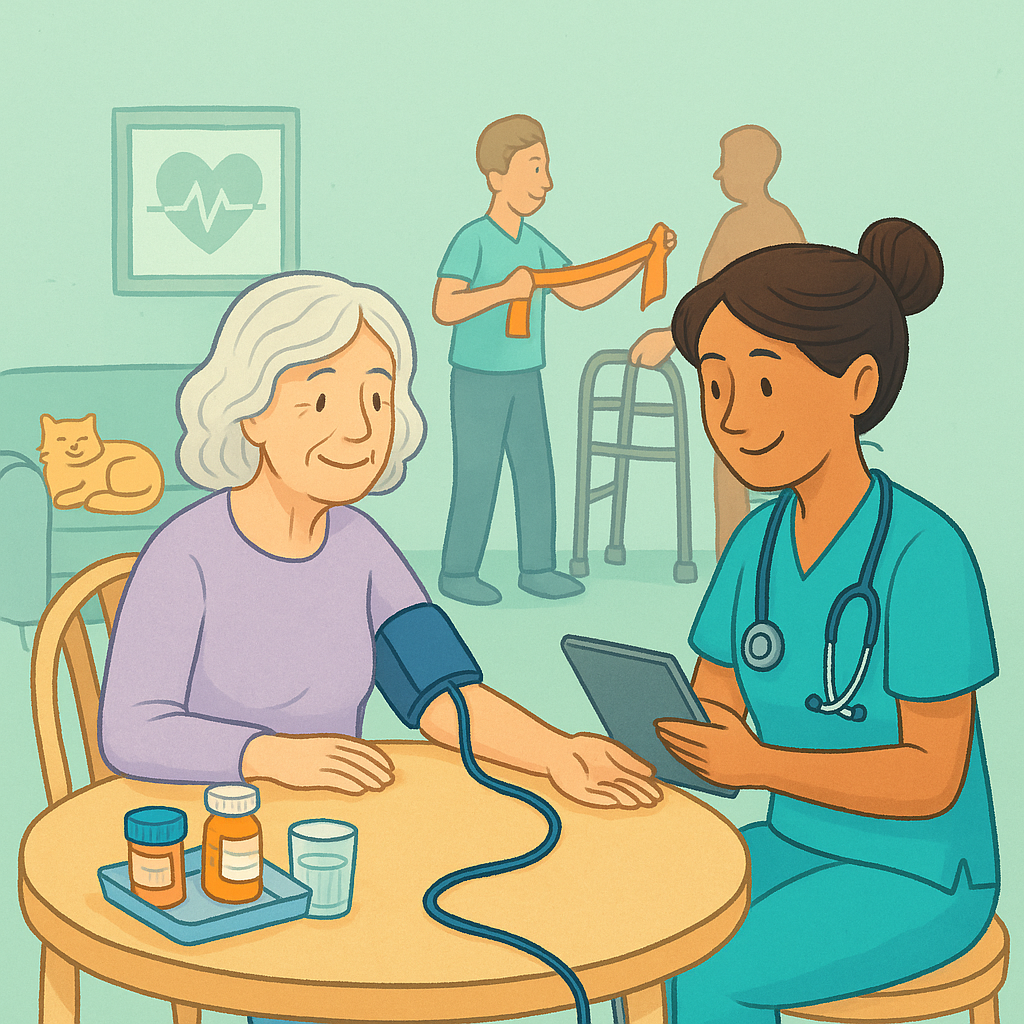
Nursing, allied health, therapies, medication support.

Personal care, social support, community access, respite, transport, AT & home mods.
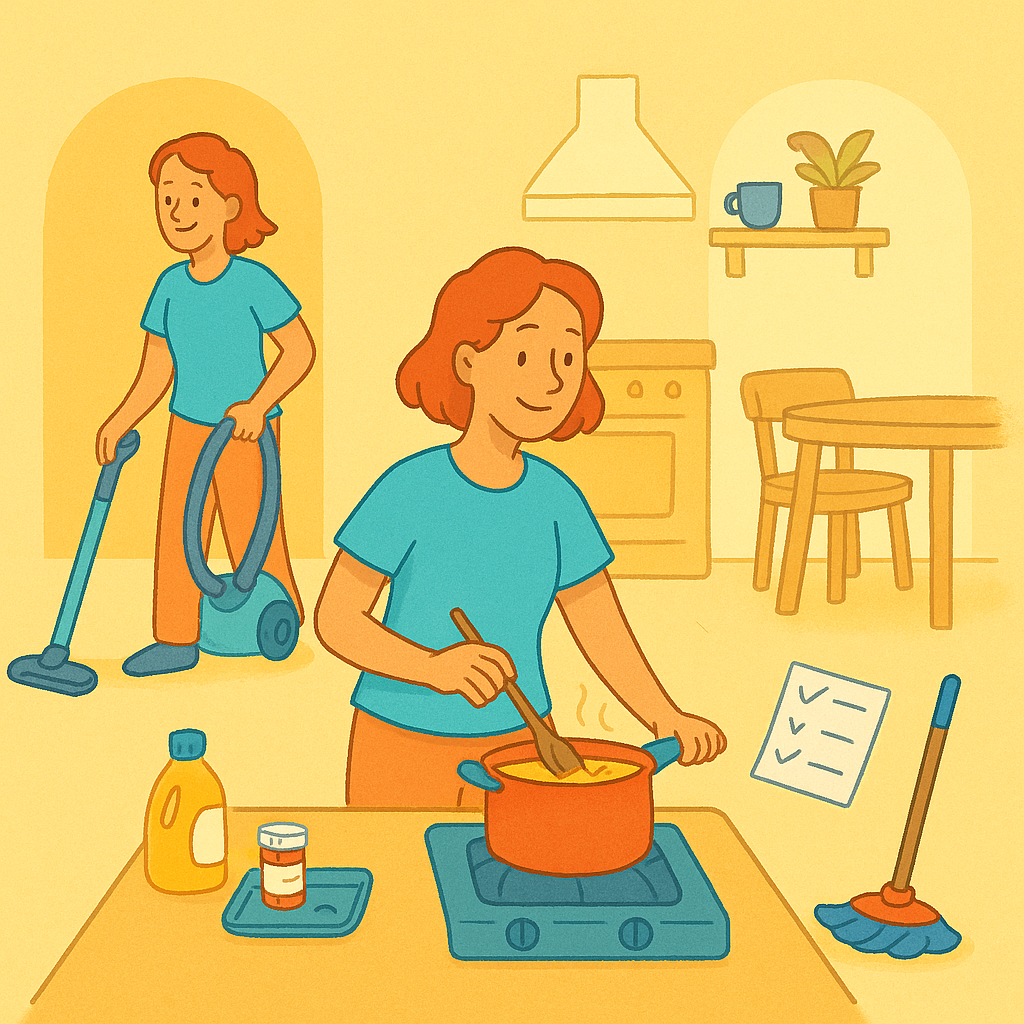
Cleaning, laundry, meals, gardening, home maintenance.
Title
How WeCare Wellness Assist — New & Transitioned Clients
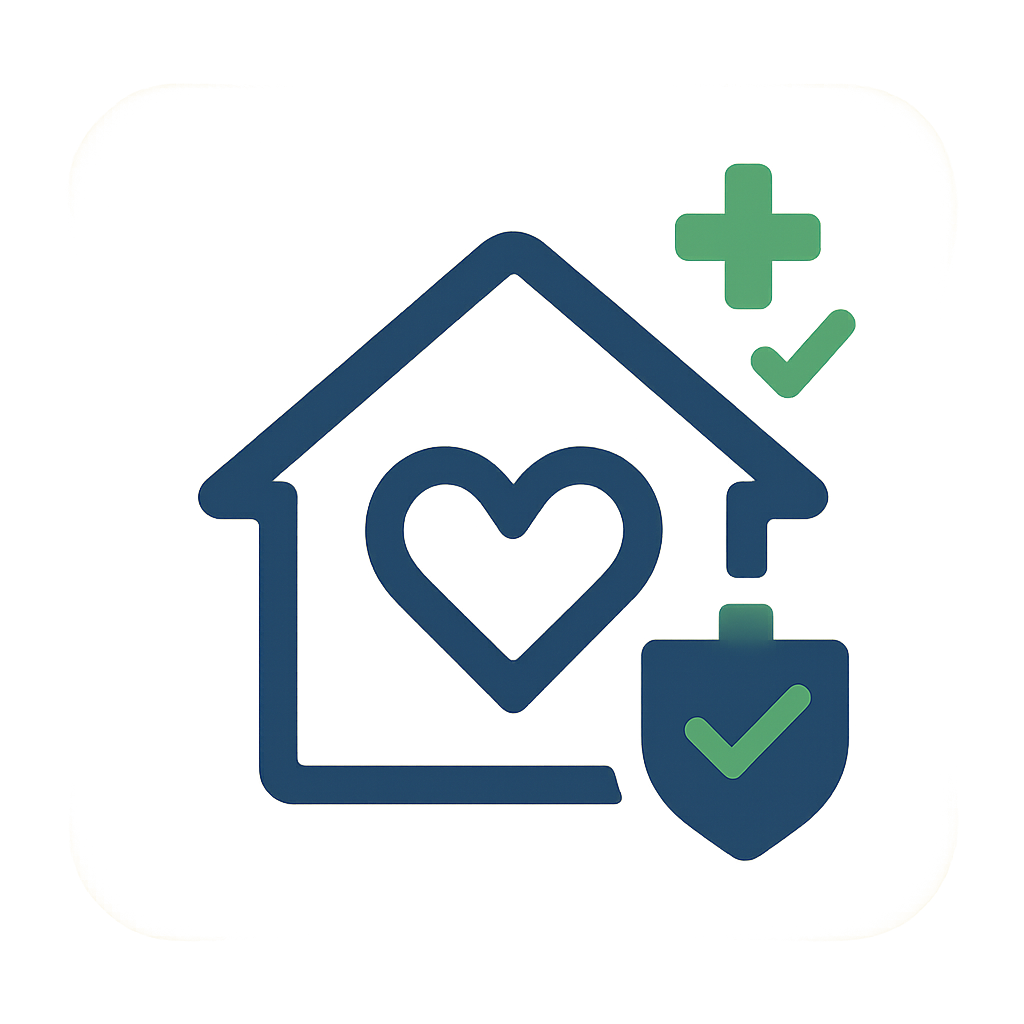
For New Clients (Support at Home)

For Transitioned HCP Clients
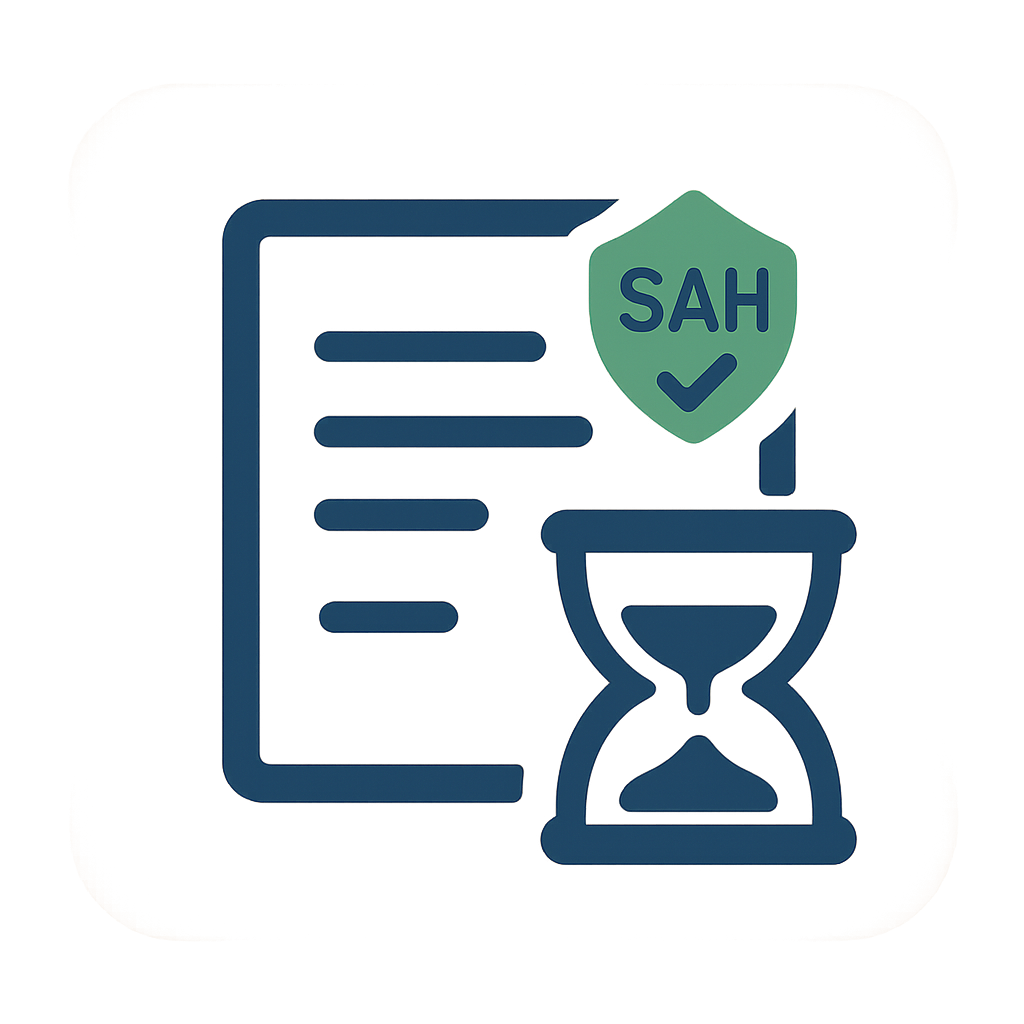
Haven’t Received SAH Funding Yet?
Title
WeCare Service List and Price List
Service List
Personal Care
Assistance with personal hygiene, bathing, grooming, dressing, toileting, and mobility for individuals who need daily support.
Daily Support
Help with cooking, cleaning, grocery shopping, transportation, and general companionship to ease daily living.
Nursing Care
Professional nursing care by licensed practitioners, including wound care, medication management, injections, and chronic condition monitoring.
Allied Health
Rehabilitation, physiotherapy, occupational therapy, speech therapy, and other allied health services to aid recovery and independence.
Home Modifications
Home adjustments like installing ramps, grab bars, or stairlifts to make living environments safer and more accessible.
Home Maintenance
Support for minor home repairs, appliance maintenance, gardening, and safety checks to ensure a functional, comfortable home.
Short-Term Restorative Care
Government-funded program providing up to 8 weeks of personalised support to help older people regain independence and improve daily function at home.
EOL Care
Gentle and compassionate care that focuses on comfort, dignity, and peace—supporting individuals and their families during life’s final journey.
Social Activities
Access to group outings, day programs, hobby clubs, and events that promote social connection and mental well-being.
Pricing & Access to Rate Schedules
WeCare Wellness provides transparent access to current rate schedules.
- We link directly to the official Schedule of Contributions for Support at Home (applicable from 1 November 2025) maintained by the Department of Health.
- We also maintain a WeCare reference price guide that aligns with the published Support at Home Price List, which mirrors government pricing benchmarks.
- When drafting a Service Agreement, we include line-by-line pricing (service name, hourly/unit rate, your co-contribution portion, and provider subsidy portion) to ensure clarity and transparency.
- WeCare Wellness Services Trust – SAH Price List Effective from 01 Nov 2025
